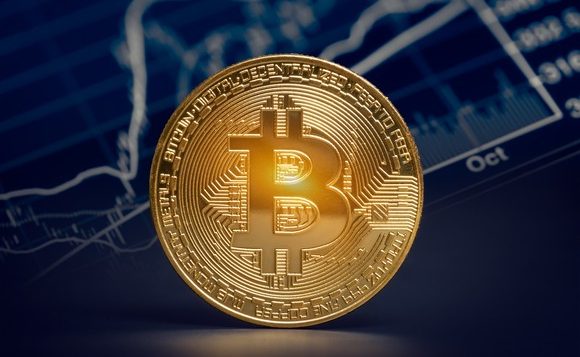Recently, the Bitcoin price dropped below $6,000. It was just shy of $18,000 in the run-up to Christmas!
If Bitcoin were a smidgeon as important to the global economy as its fans claim it might be someday, this plunge would be an event of 1929 proportions.
However, in the short history of the Bitcoin price, it’s merely a major wobble.
Bitcoin’s price has often soared and cratered. In the early years, it rose by many multiples several times before crashing faster than you could say: “What’s the price of Bitcoin divided by 10?”
Such volatility isn’t surprising when an asset that’s impossible to value using cash flow-based methods becomes the centre of a global bidding mania.
The wrong type of fool
Economists would say that attempts to profit from these sorts of assets are an example of the greater fool theory. You buy planning to find an even bigger fool to sell to at a higher price.
It’s not a flattering description. It’s also a niggle for us at The Motley Fool, given greater fool theory is the antithesis of the long-term business focused approach our Foolish brand (note the capital “F”) is all about.
Still, all Foolish investors should know about this theory – and not only if we find ourselves looking at Bitcoin and wondering if it’s worth a bite.
On Bitcoin and bubbles
I’m not about to give the definitive verdict on Bitcoin, incidentally. Bitcoin’s latest boom and bust proves nothing conclusive, given how many times it’s happened before.
I did write last October that whatever the underlying strengths of Bitcoin itself, the price looked like a bubble to me.
Which would have been great, except it still went on to triple from there before crashing!
On the one hand that proves my point. But then not so much, because even today Bitcoin’s price sits above my bubble warning!
That’s the thing with bubbles. You might identify that you’re in one. But to profit you’ve still got to get your timing right on the way up AND on the way out.
Value not price
For stock pickers there’s a more valuable reminder to glean from the latest rise and fall of Bitcoin.
And that’s to be alert to when the valuation of companies moves from pricing future cash flows to looking for greater fools.
It’s easy to understand why this might happen with Bitcoin or gold or fine wine. These assets have no earnings and deliver no income. They can only be priced according to what someone will pay for them.
True, a company’s shares are only ultimately worth what somebody will pay, too.
But, in theory, we can also look at the cash flows we expect a company to earn over a period of years, or the stream of dividends we hope to receive from owning its shares, and see how they stack up against the price.
By comparing such metrics against those of other potential investments – such as the risk-free rate from government bonds – we can try to look for undervalued shares.
Back to bubbles
Of course, it’s not an exact science. If share valuation was totally precise we wouldn’t have markets at all.
But we do, both because different forecasts of the cash to come – and also because what people will pay for the same future income varies.
With shares the latter is most commonly expressed as the P/E ratio.
High P/E ratios (aka multiples) may express more confidence those estimated future earnings will be realised, or perhaps that investors are more confident about shares than, say, bonds.
But it’s also where greater fool theory creeps into share pricing – particularly if the company is hard to value with the discounted cash flow models, perhaps because it doesn’t actually make any money yet!
The more a company is valued on uncertain future cash flows, the more the P/E ratio is a stab in the dark – and arguably the more potential there is for some investors to rely less on valuation, and more on guessing what other people will pay in the future.
When this happens to a particular corner of the stock market, you see what we saw with Bitcoin last year – very rapid price rises over short periods of time, people saying current or traditional metrics are irrelevant, and fanciful price targets based on high growth rates that are unknowable.
That’s what happened in the Dotcom boom. In the past few years, we’ve also seen something similar with gold miners, 3D printing firms, and latterly Canadian marijuana start-ups.
Three of those four examples ended with busts. I wouldn’t hold your breath – so to speak – with the fourth being different.
Read more at: Fool







